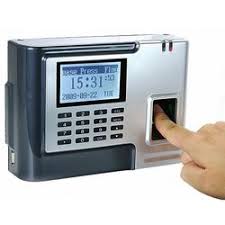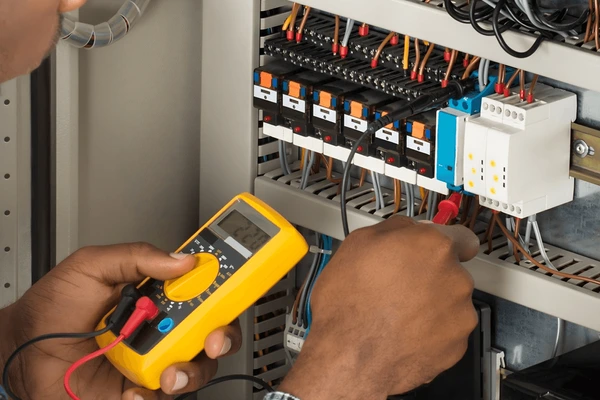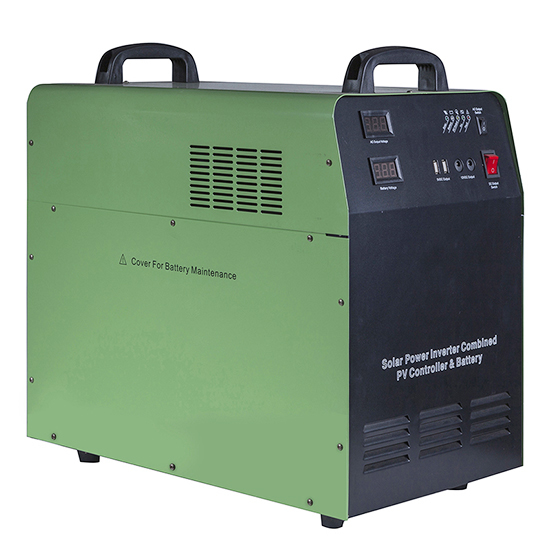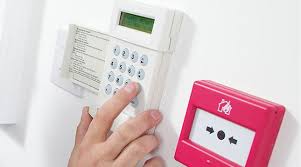The greatest option for preventing illegal access to corporate property is a biometric and time attendance control system. These days, biometrics are seen to be a crucial component of any strategy to enhance facility security, detect possible terrorists, and simplify user restrictions. At airports and border crossings, these demands come together, and security considerations must be weighed against economically essential commercial realities. The biometric includes card, eye, finger voice etc.
In this course, you will gain knowledge on how to plan, design, install, configure, commission, and manage access control systems in a variety of settings, such as private or exclusive homes, college offices, clubhouses, hospitals, county offices, hotel suites, parking lots, drive-in stores, etc.
Objectives
1. Recognize the basic components of an access control system.
2. Fit the main parts of both networked and standalone systems.
3. Attach and configure a proximity stand-alone system, keypad, and card.
4. Connect, test, and fault-find system components efficiently.
5. Recognize the problems with access control systems.
6. Recognize how technology is evolving and how it affects the sector.
Course Outline
• How to conduct a site survey to the requirements of the site where Access Control Systems are needed
• How to select correct power supplies and electronic components with appropriate test equipment
• How to install door entry systems
• How to select locks
• How to install standalone access control systems
• How to program access control software
• How to install networked access control systems
• How to select and adjust door furniture
• How to install control equipment
• How to select the appropriate use of card tokens and keypad identification methods
• How to design a system and prepare a specification
• Mechanical and electromagnetic locks
• Electric strikes and releases
• Identification, tokens, and readers
• Power supplies and sensors
• Card-based-ID system, controllers, and systems
• Location of sensors
• The frequency of use and operation, locations, and sensors
• Fitting devices onto framed constructions
• Single and multi-door systems and closures
• Methods and types of cables to use in various environments
• Risk assessment
• Practical on-site surveys
• Planning and design of a system
• Maintenance agreements
• Knowledge possession
• Code identification systems
• Non-contact identification methods
• Networking access control systems
• Fault-finding techniques





